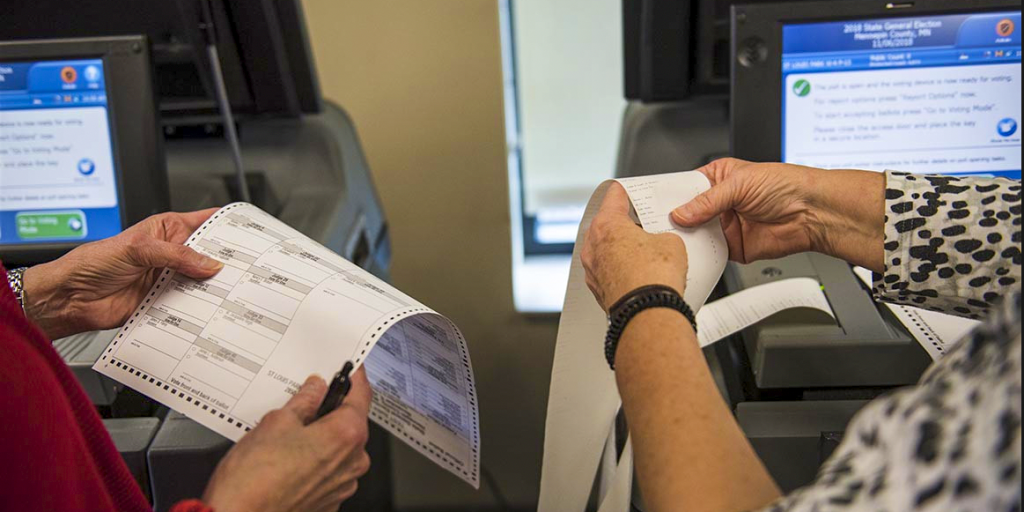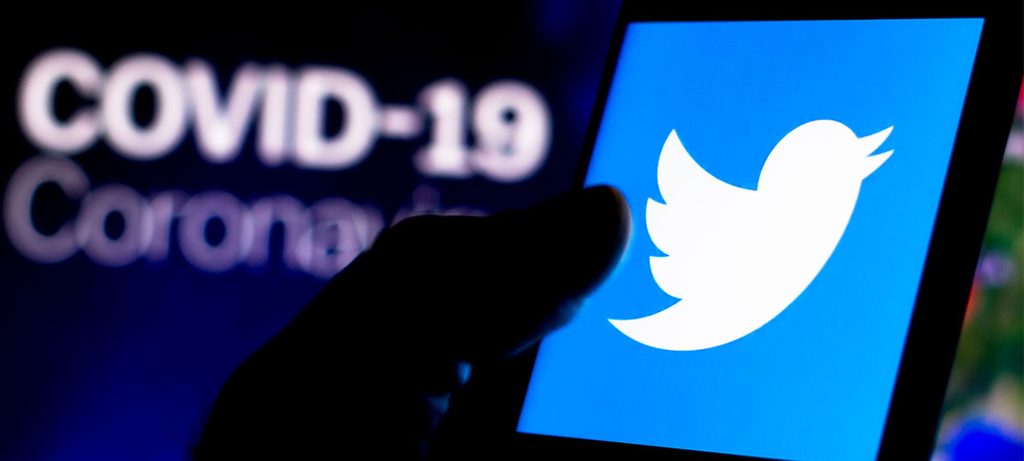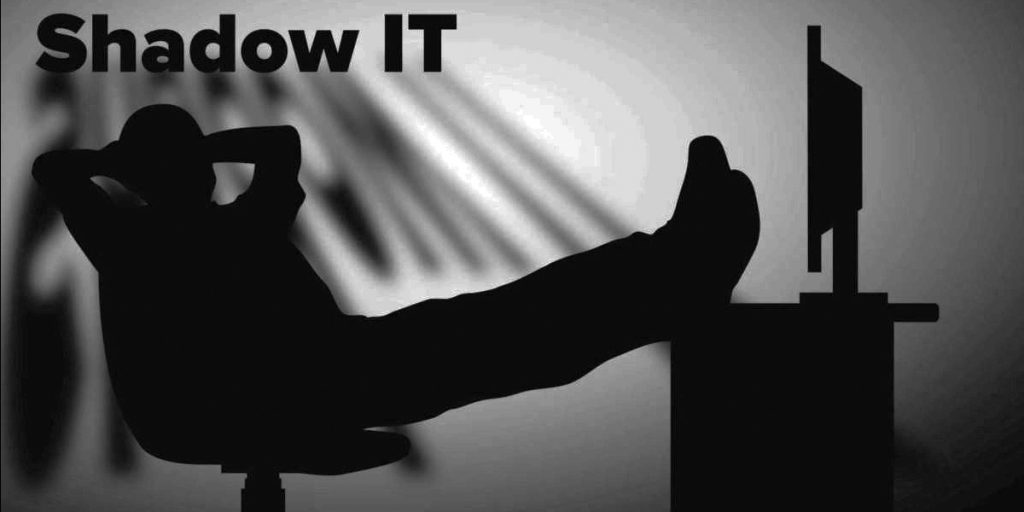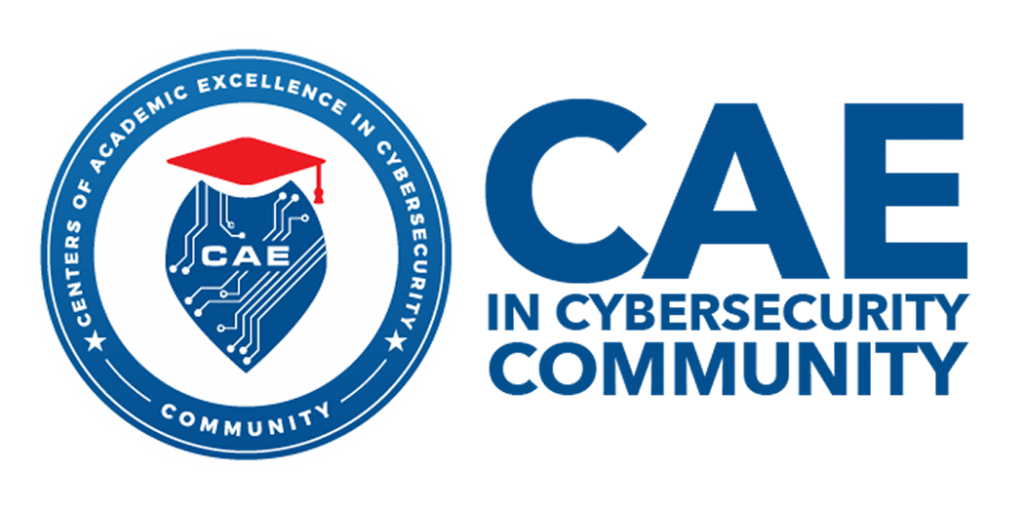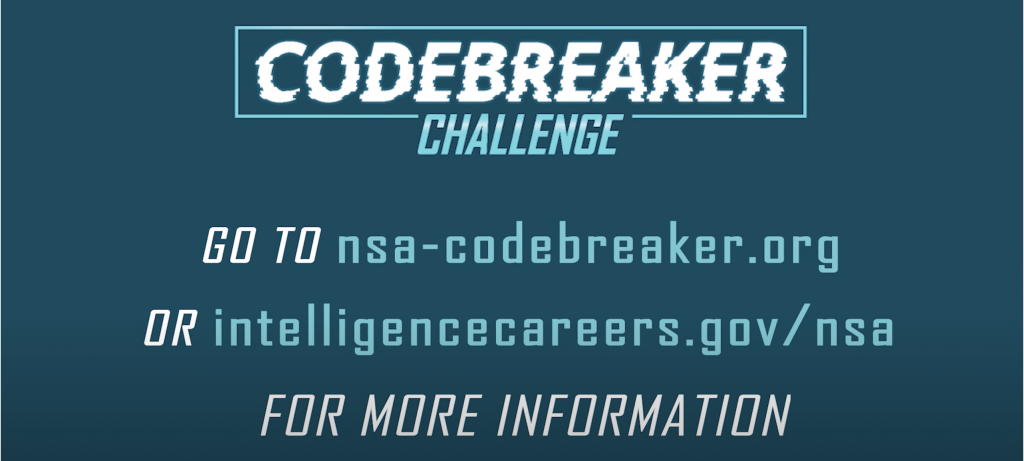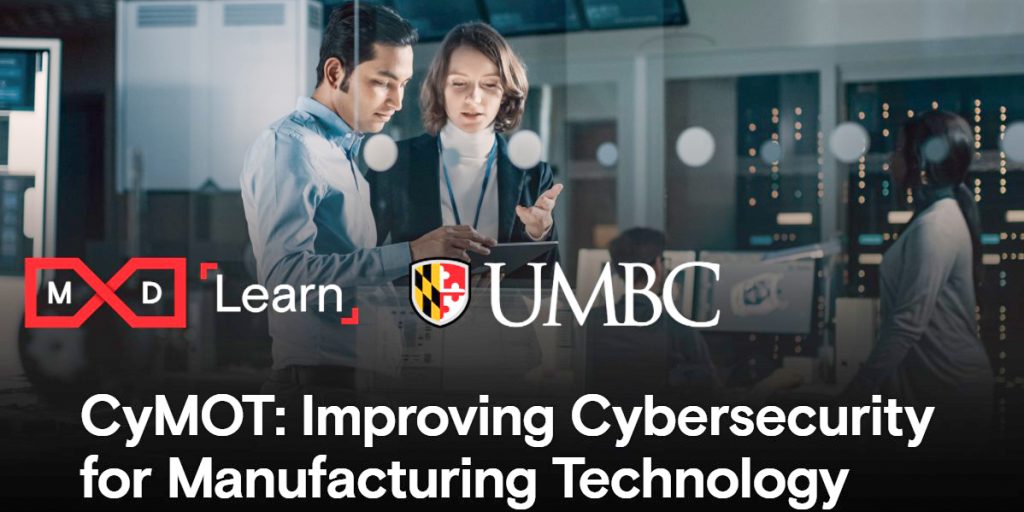
The UMBC Cyber Defense Lab presents
CyMOT: Cybersecurity Training for
Operational Technology in Manufacturing
Nilanjan Banerjee, UMBC CSEE
12-1 pm Friday, 18 March 2022, via WebEx
The University of Maryland, Baltimore County (UMBC) and MxD Learn, the workforce arm of MxD, seeks to collaboratively build Phase I of CyMOT to address the need for cybersecurity for operational manufacturing technology (OT). Leveraging MxD Learn’s previous work identifying the skills and abilities needed in future manufacturing positions and the development and dissemination of training opportunities and career pathways, MxD Learn has partnered with UMBC, a leader in cybersecurity education, to create a curriculum that targets adult learners who are looking to increase their skills at the intersection of cybersecurity and manufacturing. The objective of the curriculum program is to provide current workers with learning opportunities that result in certification(s), giving them the tools necessary to execute careers in cybersecurity in manufacturing, and increasing the security of U.S. manufacturers from cyber attacks. This talk will describe the CyMOT Phase I pilot.
Dr. Nilanjan Banerjee is a professor of CSEE at UMBC. His area of expertise is in cybersecurity in manufacturing and physiological sensing.
Host: Alan T. Sherman, . Support for this event was provided in part by the National Science Foundation under SFS grant DGE-1753681. The UMBC Cyber Defense Lab meets biweekly Fridays 12-1 pm. All meetings are open to the public. Upcoming CDL Meetings: April 1, Kirellos Elsaad (UMBC); April 15, Edward Zieglar (NSA); April 29, Ian Blumenfeld (UMBC); May 13, Enka Blanchard (Digitrust Loria, France).
